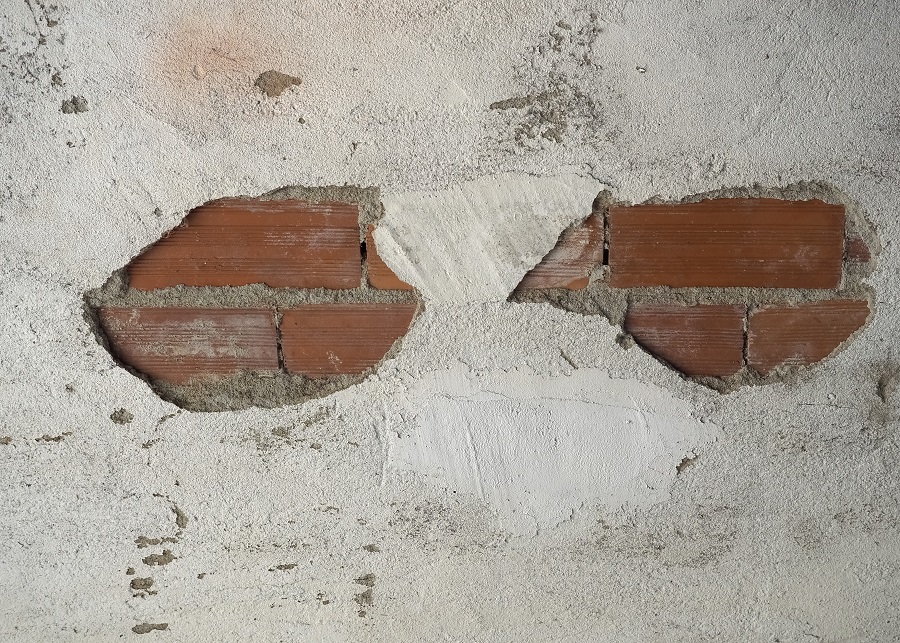Causes of dampness:
- The direction of the building:
Walls that rain splashes and a little sunlight make them more susceptible to moisture.
- Rain water:
The amount of its fall varies from one place to another, as rain water usually represents a danger to buildings that are not equipped with moisture barriers due to the ability of water to directly penetrate the roof of the building and its various elements. Moisture can also penetrate the external walls exposed to heavy rain if a suitable insulation is not made for them.
- Surface water:
It consists of rivers, seas, or ponds formed as a result of rain or torrents. Sometimes this water mixes with the ground soil and areas of water-saturated mud are formed near the foundations of a building. Some of this water may seep into the soil and collect with groundwater, thus increasing its level and this water may reach the foundations of the building. It is close to it through the horizontal capillary property, which threatens the building if an insulator does not work for it from the effect of this water.
- Ground water:
It is the water formed under the surface of the earth through the pores of its soil until it settles at a level that is almost constant for each region. Therefore, the soil near the groundwater is usually saturated with water and it is not preferable to penetrate into the basements of buildings in this area without any barriers to water in it, otherwise wetness or floods will occur inside These basements.
- Rise of ground moisture:
Moisture rises from the wet soil under the structure to the ground floor or basements of buildings by capillary action through the pores of the soil and the building materials used in the building.
- Condensation:
Cold air contains less vapor than hot air. Therefore, moisture is deposited in walls, ceilings and floors when the hot, moisture-laden air cools, and this is known as condensation.
- Poor water drainage on the site:
Wastewater collection occurs under the building if it is difficult to drain it from the low lands of the site, especially if the soil of the site is impermeable to water, and accordingly moisture occurs for these buildings established on those lands.
- Modern construction:
Newly constructed walls remain in a wet state for a certain period.
- Bad employment:
Defects in the locking, ceiling connections, drums, windowsills, sanitary appliances, extensions, etc., as this leads to allowing water to enter the building and causing dampness. An example of this is neglecting roof tendencies and rain drainage or working in a bad way.




